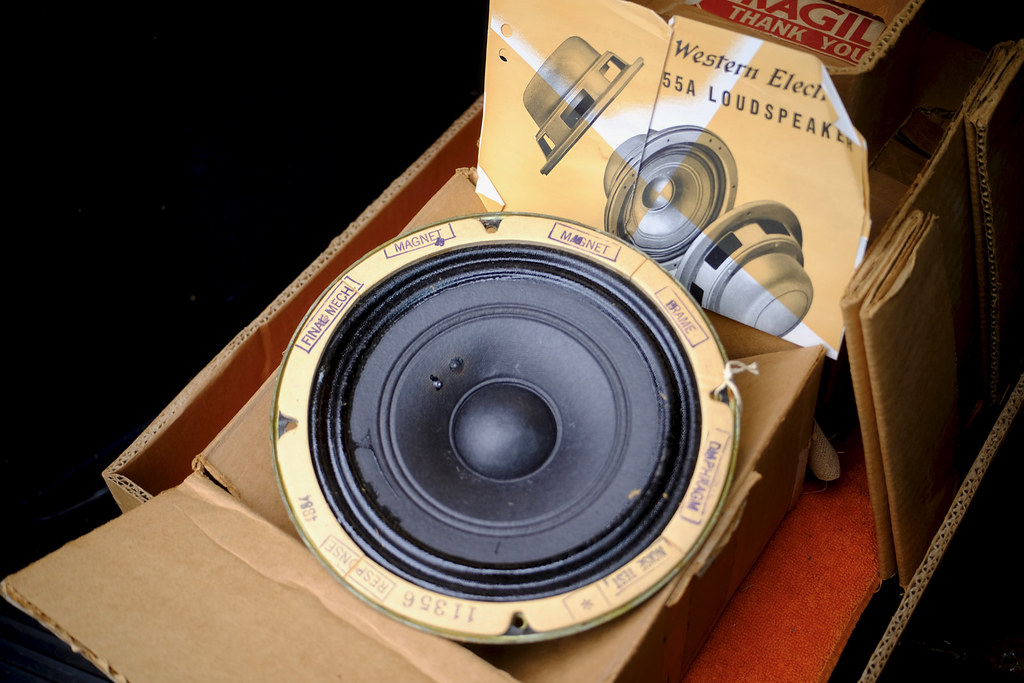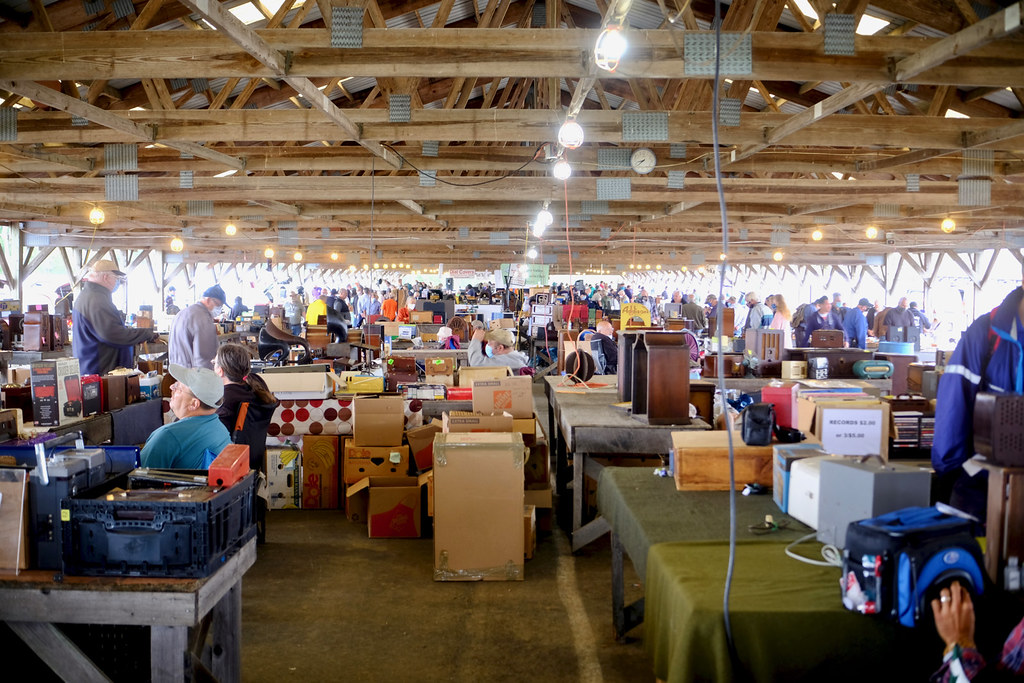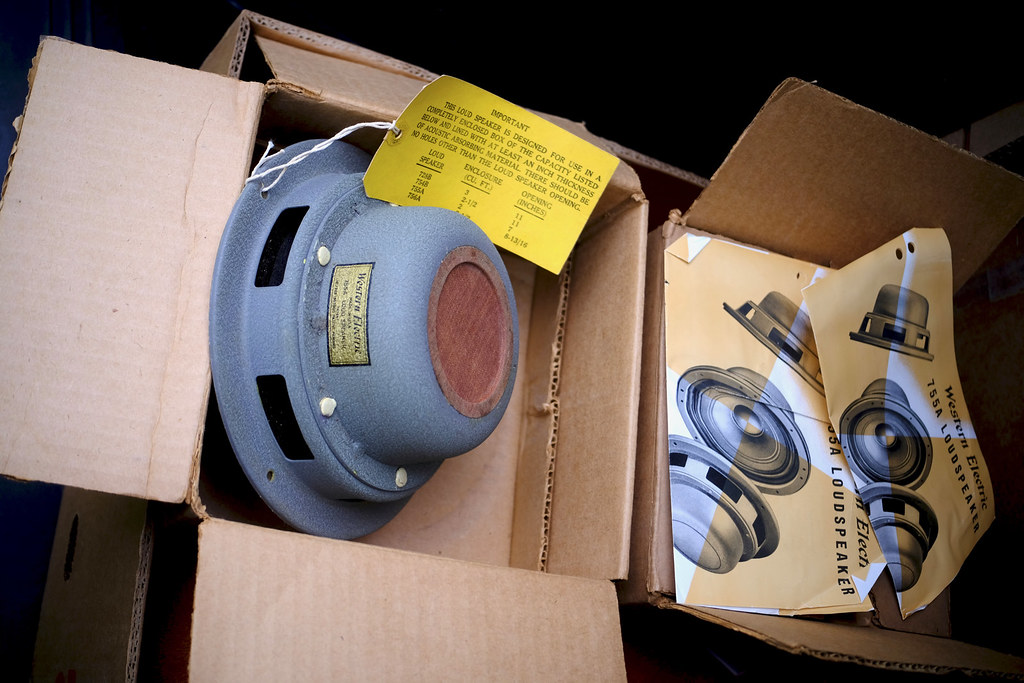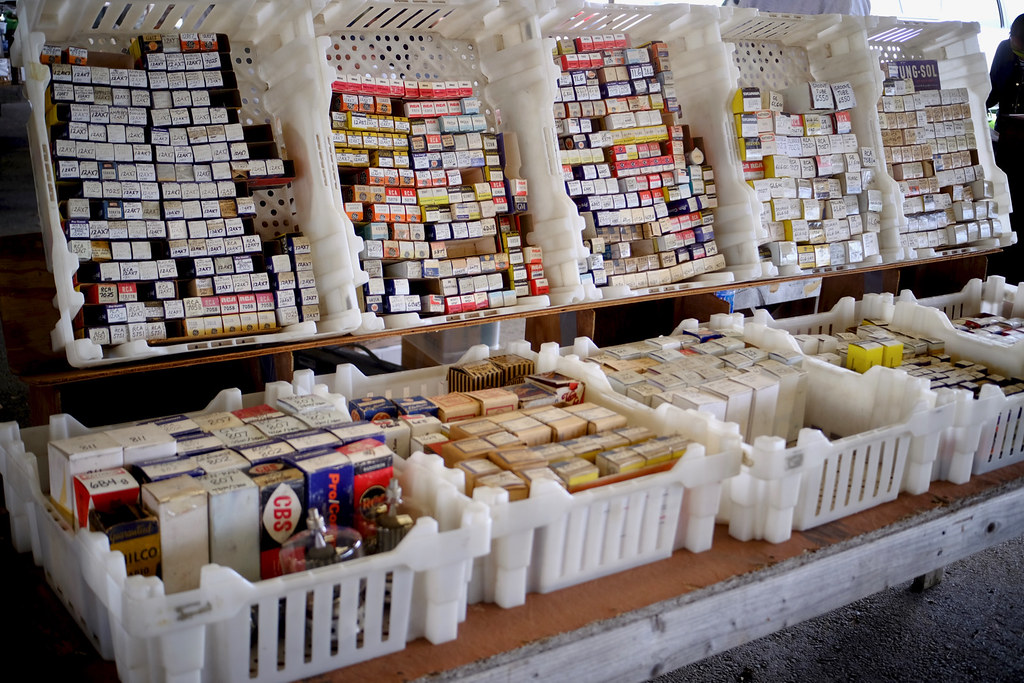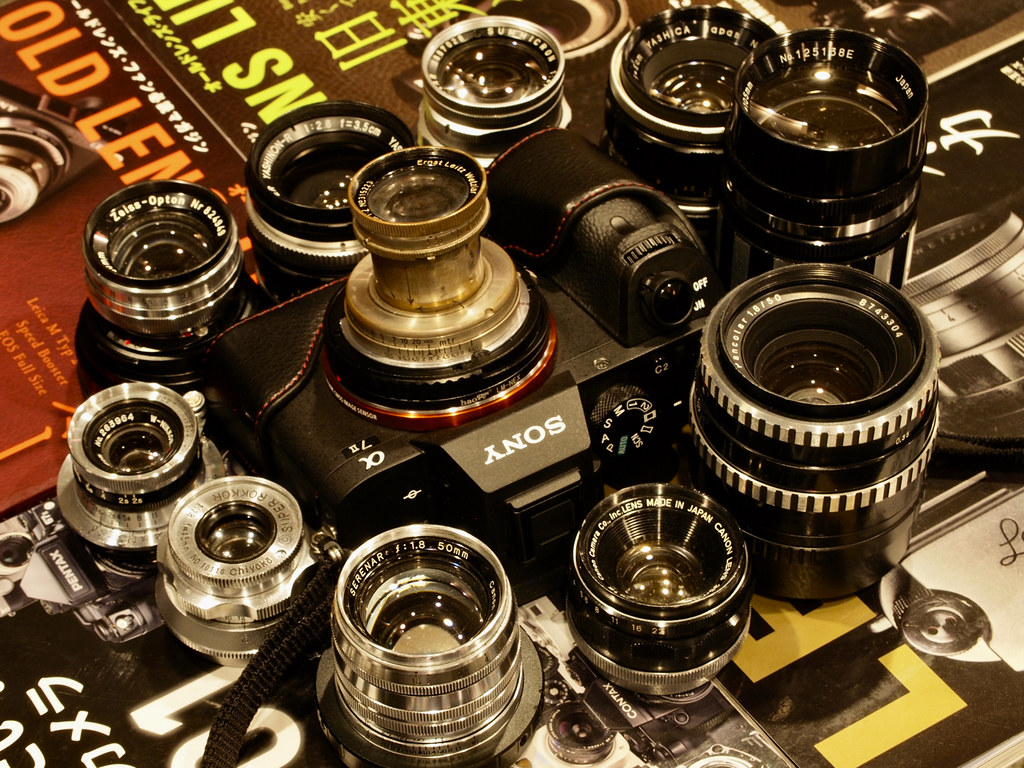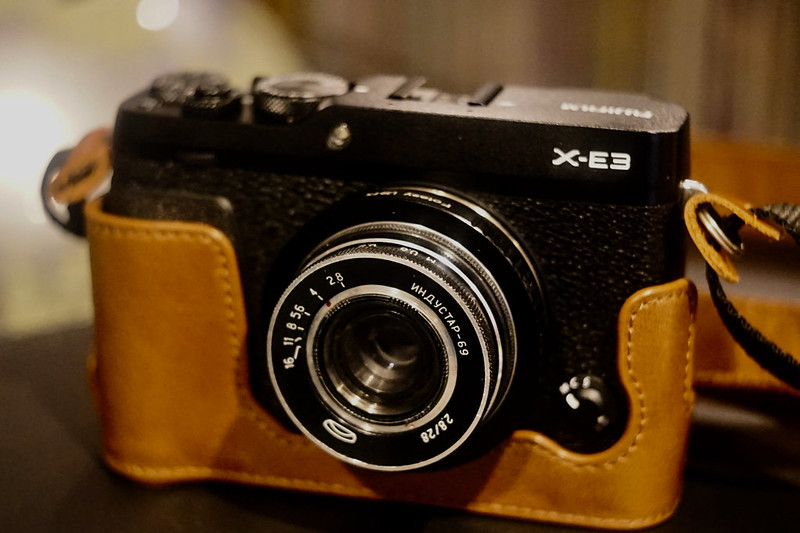 |
| Left = JE Labs clone (by John Piro) Right = J-Rob's Silbatone original |
Altec 755As in Manila
 |
| Tango MCT999 MC transformer, JE Labs 5691 passive EQ RIAA phono + 76 > Tango NP216N line stage, JE Labs SE2A3 with Magnequest TFA204 OPTs (on the floor) |
 |
| Garrard 301 + Ikeda IT407 + SPU Meister Silver JE Labs SE300B deluxe mono blocks with Tamura F7002s on copper chassis |
Altec 755As in the USA

Nate Grindheim aka Redboy in Audiokarma and HiFi Haven is an avid DIYer. You'll find his meticulously crafted MC step up transformers and amps in those aforementioned audio forums as well as in his Flickr stream.
Nate says:
"My buddy Gary (aka ejfud) built the cabinets for me. He knew I had the drivers and got tired of waiting around for me to build something for them, so he took the initiative to knock a pair together for me. He's a good friend to have around.
These things are really wonderful. They have that amazing Tone (with a capital "T"!) that I'm after, and the sound... it's just right, and good. They make music.
I am excited to get some proper amplification for them. There's a pair of 6L6 IPC amps here with Peerless iron that I think will be a great match, but I still need to overhaul them."
Altec 755C in Manila
 |
| Garrard 401 + RMG309 + FR64S + SPU Aniversary, DIY preamp and SET amps |
Altec 755E + JBL 075 in Manila
Lafayette SK98/Pioneer PIM8L in the USA
If you want your DIY Silbatone cabinet project added to this exclusive club 😉, please leave a comment with your email address. I will reply to you directly.
